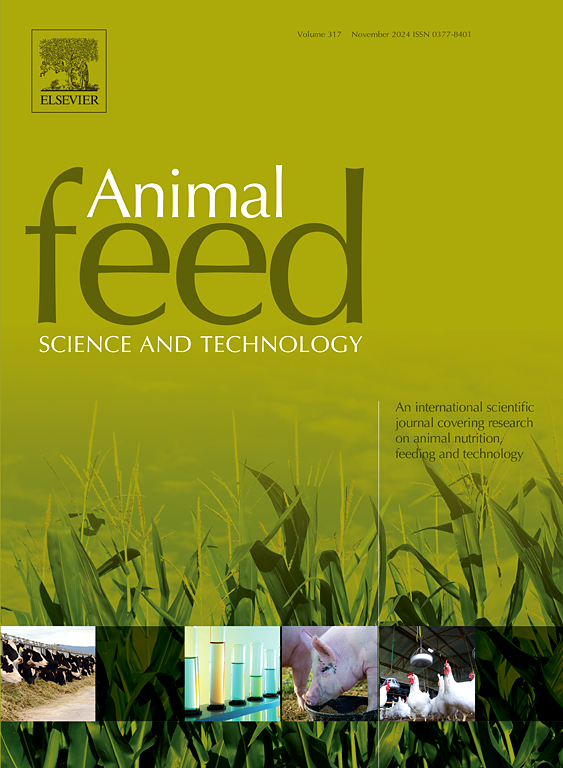Influence of extruded soybean meal with different fat contents and varying oleic acid content on floating fish feed quality and composition
Abstract
Soybean meal (SBM) is the most widely used source of high-quality plant protein within the feed industry. Raw soybeans are conventionally processed to reduce antinutritional factors, enhance protein bioavailability and improve the overall quality of the final feed product. New high-oleic (HO) cultivars with enhanced unsaturated fatty acids are being utilized in the production of HO SBM for use in the animal feed industry. However, no studies to date have examined the impact of HO SBM on feed formulation and processing of aquaculture feeds. Therefore, we aimed to determine the quality of feed for juvenile domesticated striped bass (Morone saxatilis) using SBM prepared from HO or normal-oleic (NO) soybeans and extrusion-expeller processing. The following four soybean meals were used in our experimental diets: solvent-extracted defatted normal oleic (SENO), full-fat normal oleic (FFNO), extruded-expelled defatted normal oleic (EENO), or full-fat high oleic (FFHO). These meals replaced half of the fishmeal (FM) normally included in a nutritionally complete marine finfish diet. Physico-chemical feed variables and chemical composition were determined during feed production. Data were analyzed using one-way ANOVA and means were separated using Tukey’s t-test. The specific mechanical energy of the diet was reduced with the addition of full-fat SBMs during the extrusion process. All finished fish diets were of similar high quality with high pellet durability index and protein content (P > 0.05). This suggested that using different types SBM, including high oleic, to replace 50 % of the fish meal in a floating feed for juvenile domesticated striped bass does not adversely affect the feed quality or nutritional content.

 求助内容:
求助内容: 应助结果提醒方式:
应助结果提醒方式:


